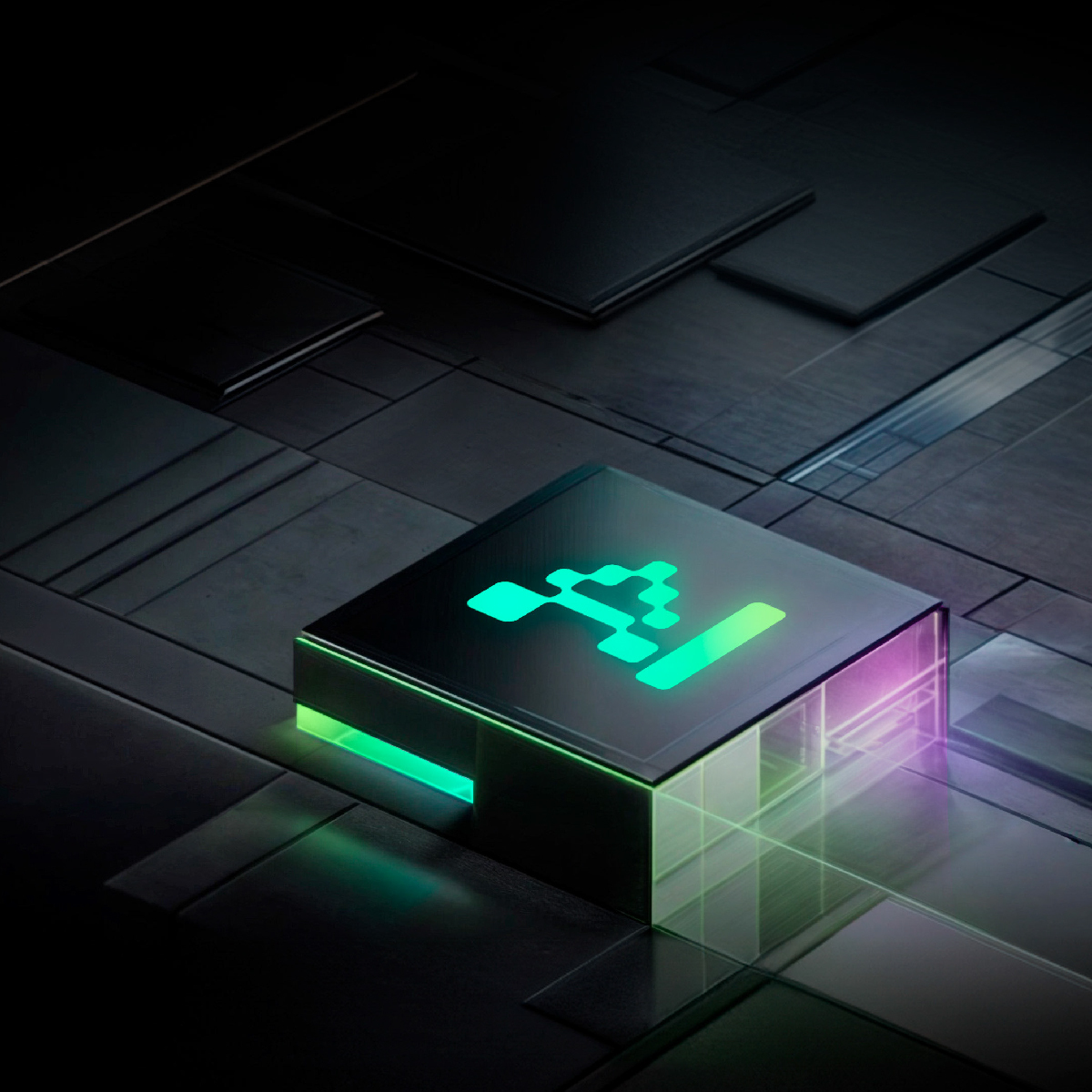Join our newsletter



The digital era has unlocked immense opportunities for businesses, but it has also exposed them to unprecedented security risks. Attackers are no longer relying on brute force or simple phishing scams; they’re using AI to develop highly adaptive, stealthy threats. Meanwhile, traditional security models that rely on static defenses are struggling to keep up. The game has changed—cybersecurity today must be proactive, dynamic, and intelligent.
Artificial Intelligence (AI) is redefining cybersecurity. Instead of reacting to attacks after they happen, AI allows businesses to anticipate and neutralize threats before they cause harm. The intersection of AI and cybersecurity is where the battle for data protection is being fought—and won.

For years, cybersecurity teams have relied on rule-based security systems—firewalls, signature-based antivirus programs, and predefined threat indicators. But these systems are fundamentally reactive, meaning they only catch what they already know. AI changes the equation by introducing predictive capabilities.
AI monitors user activity, network traffic, and system behavior in real-time, flagging anomalies that might indicate a security breach before any real damage occurs.
By processing massive amounts of security data, AI can recognize subtle patterns that indicate an impending attack—detecting threats that traditional systems might miss.
AI-driven security systems can identify and neutralize threats instantly, reducing the need for human intervention and dramatically lowering response times.
Cybersecurity is no longer just about defense—it’s about intelligent risk management. AI allows organizations to identify vulnerabilities, assess their risk levels, and prioritize security measures accordingly.
AI evaluates assets, network configurations, and user behavior to generate real-time risk scores, helping businesses allocate resources effectively.
Continuous Compliance Monitoring: Meeting regulatory requirements (GDPR, CCPA, PCI-DSS) is an ongoing challenge. AI simplifies compliance by continuously scanning for security gaps and ensuring adherence to policies.
AI-driven security models analyze past attack patterns to predict future vulnerabilities, allowing organizations to proactively strengthen their defenses.
AI is a game-changer, but it’s not a silver bullet. The most effective cybersecurity strategies blend AI’s automation with human intelligence. AI excels at analyzing massive datasets, identifying patterns, and responding to known threats, but it still requires human oversight for context, strategy, and ethical considerations.
AI filters out noise, surfacing only critical security threats for human analysts to investigate.
AI-driven systems must be monitored to prevent false positives, biases, and unintended security blind spots.
AI models improve over time by incorporating human feedback, becoming more accurate and effective in threat detection.
Despite its potential, AI-driven cybersecurity presents its own challenges. Businesses adopting AI must be aware of the risks and plan accordingly.
Cybercriminals are also using AI to create more advanced attack methods, from deepfake phishing scams to AI-powered malware that adapts in real-time.
AI systems need massive datasets for training, raising concerns about data security, user privacy, and compliance with regulations.
AI isn’t a plug-and-play solution—businesses need skilled professionals who understand both AI and cybersecurity to implement it effectively.
The future of cybersecurity is here, and AI is at its core. But deploying AI-driven security strategies requires expertise, constant adaptation, and the right technology. At Kenility, we help businesses integrate AI into their cybersecurity frameworks, ensuring they stay ahead of evolving threats.
Is your business ready for the next generation of cyber threats? Contact us today at sales@kenility.com and let’s build an AI-powered security strategy that protects your most valuable assets.